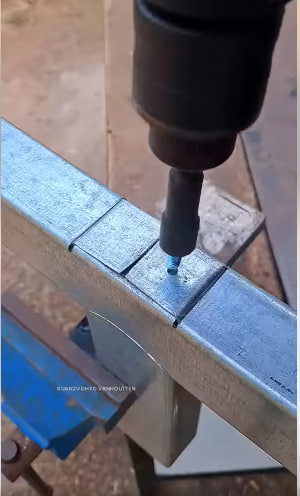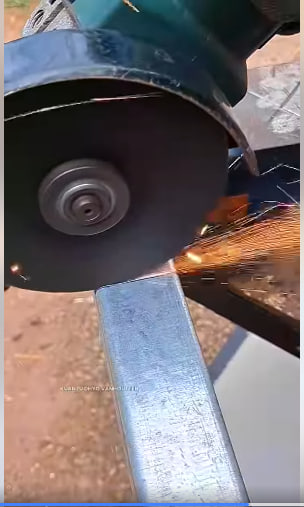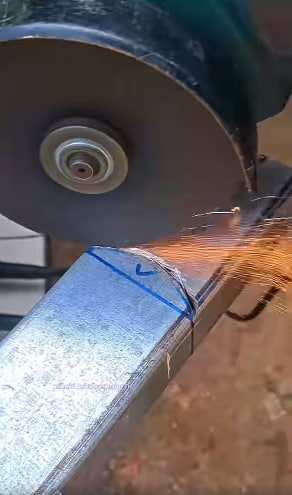The intricate techniques of aluminum manufacturing represent a fusion of modern technology and precise engineering, transforming raw bauxite ore into lightweight, durable metal with widespread applications. The process begins with mining bauxite, followed by refining it into alumina through the Bayer process, which involves separating aluminum oxide from impurities using sodium hydroxide. This refined alumina then undergoes the Hall-Héroult process, where it is subjected to electrolysis in molten cryolite, producing pure aluminum. This series of steps showcases a remarkable blend of chemical and mechanical processes, each meticulously calibrated to maximize efficiency while maintaining the highest quality standards in production.


One of the most fascinating aspects of aluminum manufacturing is the casting process, where molten aluminum is poured into molds to create various shapes and forms. Advanced techniques such as sand casting, die casting, and continuous casting are used depending on the desired outcome, each requiring a deep understanding of the metal’s properties and the behavior of molten aluminum. These methods ensure that the final products have the desired strength, flexibility, and precision, highlighting the craftsmanship and technical expertise involved in working with this versatile material. The complexity of these processes underscores the need for exacting control at every stage.

Additionally, modern techniques such as extrusion allow for the creation of complex profiles by forcing heated aluminum through specially designed dies. This method is critical for producing components with intricate cross-sections used in industries like aerospace, automotive, and construction. The process requires a keen understanding of the metal’s properties, as varying temperatures, pressure levels, and die designs must be optimized to ensure accuracy. Furthermore, secondary processes like annealing and tempering are employed to enhance the metal’s mechanical properties, resulting in superior products that meet stringent performance requirements.

Surface treatment techniques play a pivotal role in aluminum manufacturing, as they provide protection against corrosion and enhance aesthetic appeal. Anodizing is a widely used method where the aluminum surface undergoes an electrochemical process, creating a durable, corrosion-resistant oxide layer. Other techniques, such as powder coating and painting, offer additional protection while allowing for color customization. These finishing processes require precision to ensure uniformity and durability, reflecting the advanced skill set required in aluminum fabrication. These techniques also ensure that the final products are not only functional but visually appealing, meeting both technical and design standards.


Finally, recycling techniques in aluminum manufacturing have become increasingly sophisticated, driven by the metal’s infinite recyclability and environmental benefits. Recycled aluminum requires significantly less energy to produce compared to primary aluminum, making it an eco-friendly alternative. Advanced sorting, shredding, and re-melting techniques are employed to recover aluminum from scrap, ensuring that quality is maintained throughout the recycling process. This commitment to sustainability highlights the industry’s innovation in refining manufacturing processes while minimizing environmental impact. The closed-loop nature of aluminum recycling exemplifies a forward-thinking approach, making it one of the most sustainable materials in modern manufacturing.


